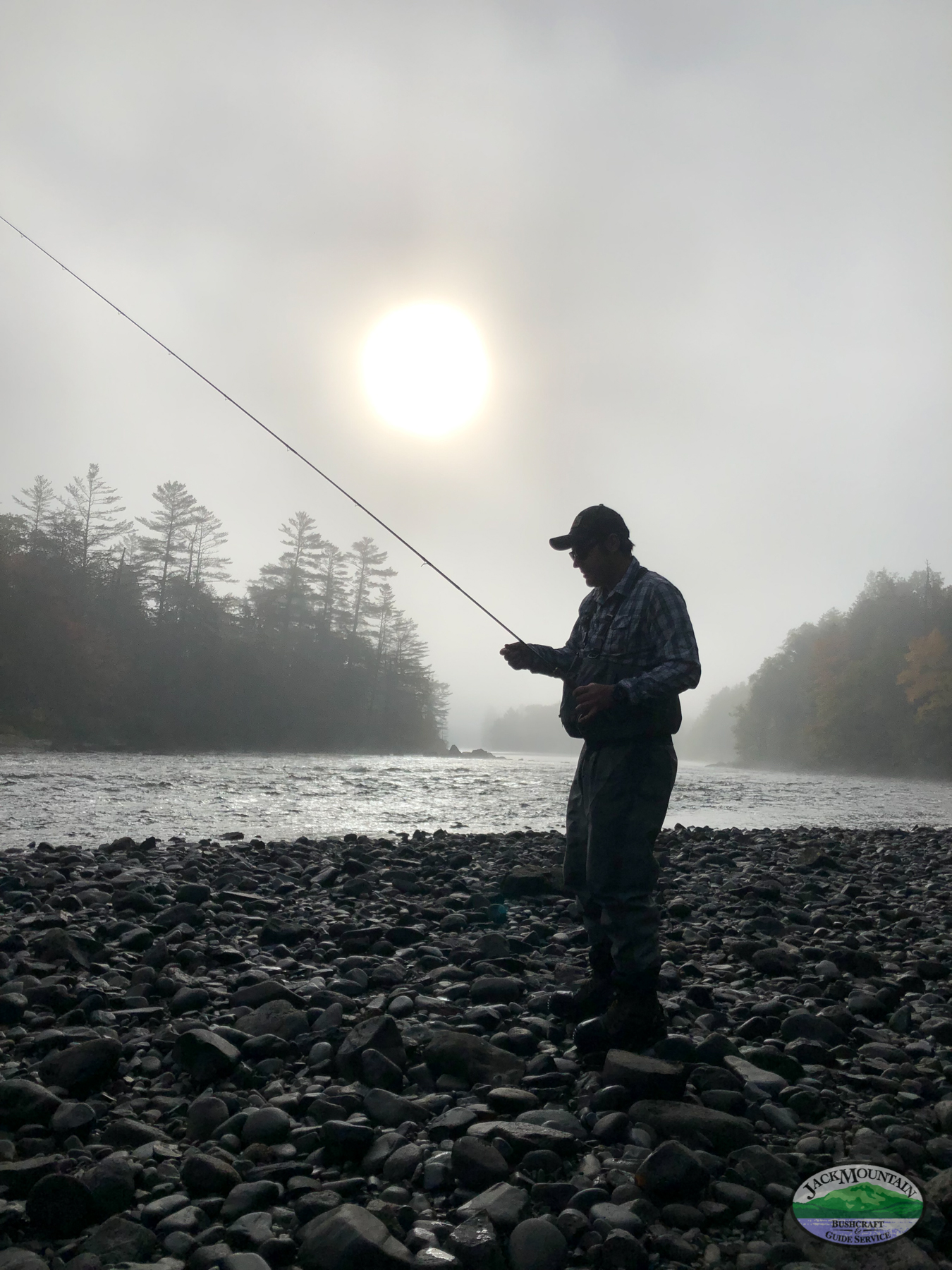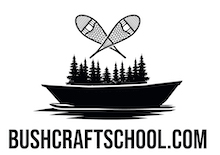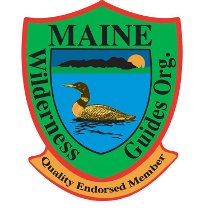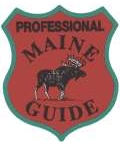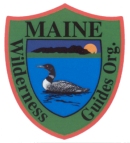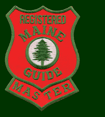Full disclosure: I started this blog post about the 10 things I wish I had read before going head first down the fly fishing rabbit hole, but much like the sport itself, things instantly got out of hand. My whole goal was/is to give you a succinct and easy to undertaad primer into fly fishing with no BS. No selling products. No hidden agenda, pop up ads or angle…get it…angle…angling….right, but before I knew it I was 4 pages deep and going down roads one can’t come back from. Take 2: Here is my one liner version of “10 Things I Wish I Read Before Going Down the Fly Fishing Rabbit Hole:”
– Fly Fishing started very simple, but is now very complex. Fortunately, the fish have changed very little.
– Fly shops can be overwhelming with selection, good and bad.
– The internet can be overwhelming with advice and how to videos, good and bad.
– Don’t go crazy with gear, learn to love the water, and learn to cast well.
Part 1: Your budget for fly fishing gear is $300 or What you need to get into Fly Fishing
1. Love. Of the water, fish, Nature, quiet, or whatever. If you don’t have it, nothing else on this list will make it happen. If you have the loves, move to #2. If you don’t, welp…there is always needle point or tennis or Minecraft.
2. Rod/ Reel/ Line. This is the biggie and the place where so many people go wrong.
- Don’t: Buy a $29.99 rod/reel/line package off of Amazon. It’s an option but one you’ll regret.
- Don’t: Buy a $1200 rod, $600 reel, $120 fly line and every trinket in the fly shop. It’s also an option and you may not regret it, but unless money is no issue save your money for casting lessons, guided fishing trips and expensive Scotch to give your guides.
- Do: Stay in the $150-$200 range for a full kit and you’ll get a decent rod, reel and fly line to match. There are really great companies in the fly fishing world that sell full kits (rod/reel/line) around $175. More importantly you’ll get a warrantee and the peace of mind to know that you’re getting a set up you can grow into and that is made by fly fishers.
- Maybe Do: If you feel adventurous, you can buy all 3 components separately but you’re going to need to do your research. A good fly shop should be able to help out, but be prepared to spend a little more than you would on a complete kit.
- The Details: Don’t worry if this makes no sense, but you’ll want a 9-foot-long, 5 weight rod. Most rods are between 7’6″ and 12′ long, 9′ is the happy medium. The weight kinda is based on what you are catching, so a 5 weight covers bluegills, bass, trout and most other freshwater species. You also need a 5 weight fly line (floating is best for now) and a reel made for 4-6 weight lines. If you’re getting a kit just go with a 9’ 5 wt. Done.
3. Flies. Kinda a biggie here, but one where you can really lose yourself and lots of your money on. Fish are simple creatures and humans are not. Fish need to eat. Humans need to create. Hence the confusion around flies. To keep it simple: fly fishing involves casting a piece of fish food (bug, worm, fish, crawfish, leech, or whatever) to the fish. What you decide to throw at those fish can be very simple at times and other times kinda complex, but to start here is a list of flies (aquatic bugs) that will cover most of you bases fly fishing for trout and some warm water fishies:
- 2 nymph patterns (gold ribbed hare’s ear and a pheasant tail, both in sizes 14) Nymphs usually get fished underwater.
- 2 dry fly patters (adams and elk hair caddis both in sizes 12, 14 and 16) Dry flies usually get fished on top of the water.
- 1 streamer pattern (wooley bugger in black and olive both in sizes 4 and 8) Streamers get fished underwater.
Once you have these classic patterns, you can then try new ones to see what works for you and the fish you are targeting. Oh yeah, you’ll want like 5 or more of each because you will lose them while fishing. Say a total of 30-40 flies. And you’ll need some sort of fly box to hold them in.
4. Odds and Ends. A few other things you’ll probably want to get at some point during year one. A bag to hold all your shiny new toys. If you have the money for a fly fishing specific bag it is a good thing to have, but I stared fishing using an old camera bag that would barely fit a small pair of binoculars. We use bobbers (strike indicators), fly floatant, and split shot to control the way our flies float, but don’t worry about that for now. The last thing to talk about are leaders. They are the clear monofilament line that attaches to your fly line. I usually use a 9’ long leader in the weight of my rod, so if you bought that 5 weight kit, you’ll want 5 weight leaders. Buy a few. Waders and boots are something to keep on your radar, but it can wait until year 2.
5. Technique. Here’s where the lists end and the fun part starts. You’ve done the easy part: shopping and now you need to put all that gear to use. There isn’t much I can tell you in a short paragraph on how to fish; how do you teach someone to swing a golf club or set a dislocated shoulder in a few sentences? What you can do, and should do, and what I wish I would have done is take a class to get you on the right track. Fly casting can be tricky and I have seen many people lose fish because of their sloppy casting or to a general lack of understanding of water, fish and technique. Here’s the best analogy I can come up with: imagine you are playing baseball and you are the pitcher. Your goal is to get the ball to the batter and hopefully the batter misses. Now, with a little practice you can get the ball close to the plate, but even if you throw the ball 10 feet over the batters head you’ll have another chance, the batter isn’t going to walk off and sulk. In fly fishing, if you miss the fish on your first throw they will walk away and maybe not come back for like an hour. If your casting sucks you will most like just scare fish away. Make sense?
You journey begins at #5. Start your journey off right with us May 27th-29th at Jack Mountain’s Intro to Fly Fishing Class.
